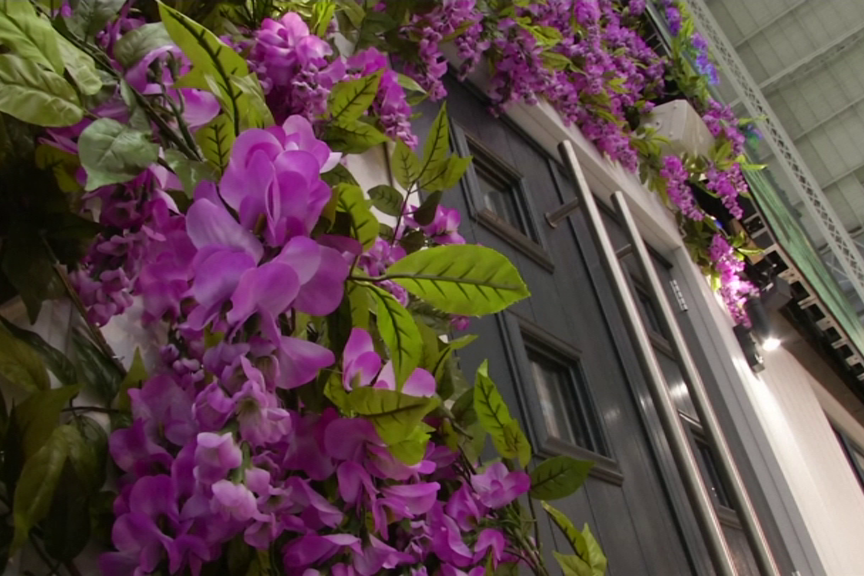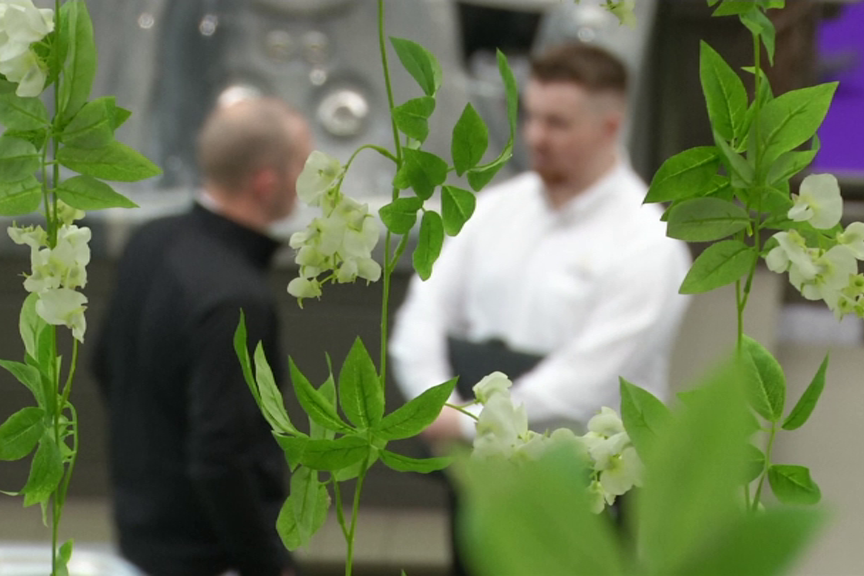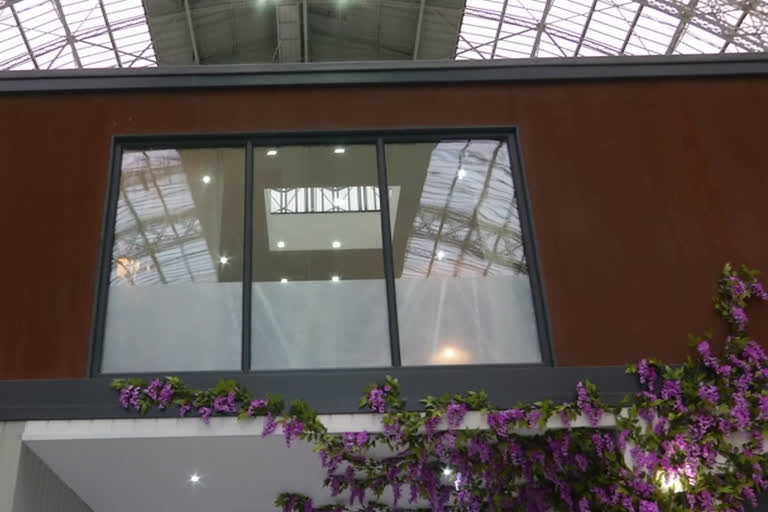London: It's called "The Evolving House", that's because it can change, almost in an instant.
At the Ideal Home Show at London's Kensington Olympia exhibition centre, this show home is an eco-friendly prefabricated modular building.
Spanning 2,210 square feet and made from seven modular units, its steel frame system lets occupants adapt and change its configuration.
"I think ten years ago, I think, if you just said to me steel frame modular systems, no," says the house's architect, David Richards.
"But I think the whole world is changing and it's changing dramatically in America and China, where people are now using sea containers, they're adapting them, empty containers and they make cheap affordable housing. What we've done is gone a step further and we're now creating luxury developments."
Richards says modular homes can range from 100,000 British pounds (approx. $132,000 USD) up to over a million British pounds (approx. $1.32 million USD)

It's claimed to be more environmentally friendly in comparison to traditional bricks and mortar homes, causing less waste in construction and using more sustainable materials.
"The beauty of this particular system is the fact that I can sit down with a client from day one and we can configure rooms there and then," says Richards.
"I can then turn that into a reality and show that member of the public or the developer as the building is actually taking place, as we're putting it along the production line, we're adding all the component parts to make it and configure into the house that they want."
The green theme continues indoors.
Interior designer Simone Gordon from London-based Owl Design steered well clear of plastics in this living room, prioritising neutral and natural materials instead.
It's decked with grass-weaved artisan decorations. Palm prints are spread across its walls.
It's following a current trend for handmade items and avoiding mass production methods.
"It's all about eco friendly and kind of getting away from the hustle and bustle. Of the kind of city life and everything like that," says Gordon.

"So you come back to nature, keeping it calm, neutral, avoiding plastics because obviously that's kind of a big issue at the moment. So we don't want to kind of keep too many plastics."
The master bedroom is designed for people who like to travel with an eclectic taste.
"This room speaks to contemporary design trends because we've got a mixture of different elements," says Gordon.
"I think nowadays, people you don't really want to design your home all at one stage, so mixing in different styles and tastes means you don't get bored of one particular style."
If you're looking for some high-tech help around the home, Zora Robotics' Temi robot may be the answer.
The smart droid can autonomously navigate through homes and follow its owner using face tracking.
"Temi is (an) ideal personal assistant for you at home," says Fabrice Goffin, the Co-CEO of Belgium-based Zora Robotics.
"He can do basically a lot of things. One of the things is that you can ask anything that you wish that is on the Internet and Temi will tell you.
"So, for instance. Hey Temi, what is the weather. I asked him the weather, and you see that he's directing also to me."
This "Upcycled Garden" is serving as inspiration for green-fingered gardeners.
Created by British designer Max McMurdo, it's filled with re-used and re-designed items, from a step ladder to wine bottles.
But the centre piece is this upcycled Land Rover vehicle, cut in half and converted into a flower planter.
"I wanted something quite big, a big feature piece," explains McMurdo, who previously worked as a car designer.
"You've got the red and the white in the planting there. You've got the nice patina blue, in the background here. And I just think it's something that people recognize, but they wouldn't expect to see as a planter."
McMurdo says upcycling has grown in popularity in recent years, becoming an upmarket trend.
Previously associated with items inside the home, the designer is showing how the trend can be transported outdoors.
"I think it's gone a bit upmarket now. I think we've moved with the design trend," he says.
"So, there's the industrial influence is very evident on my stand with concrete, and metal, and welding. And then there's scandi influence, so the soft furnishings, dressing your designs as well is very important, so the room's set. So, I think we're taking upcycling almost to the next level."
The Ideal Home Show is one of the world's longest running exhibitions, having been founded in 1908.
Its running for 17 days at London's Kensington Olympia exhibition centre, from 22 March - 17 April.
It's hosting over 600 exhibitors.



